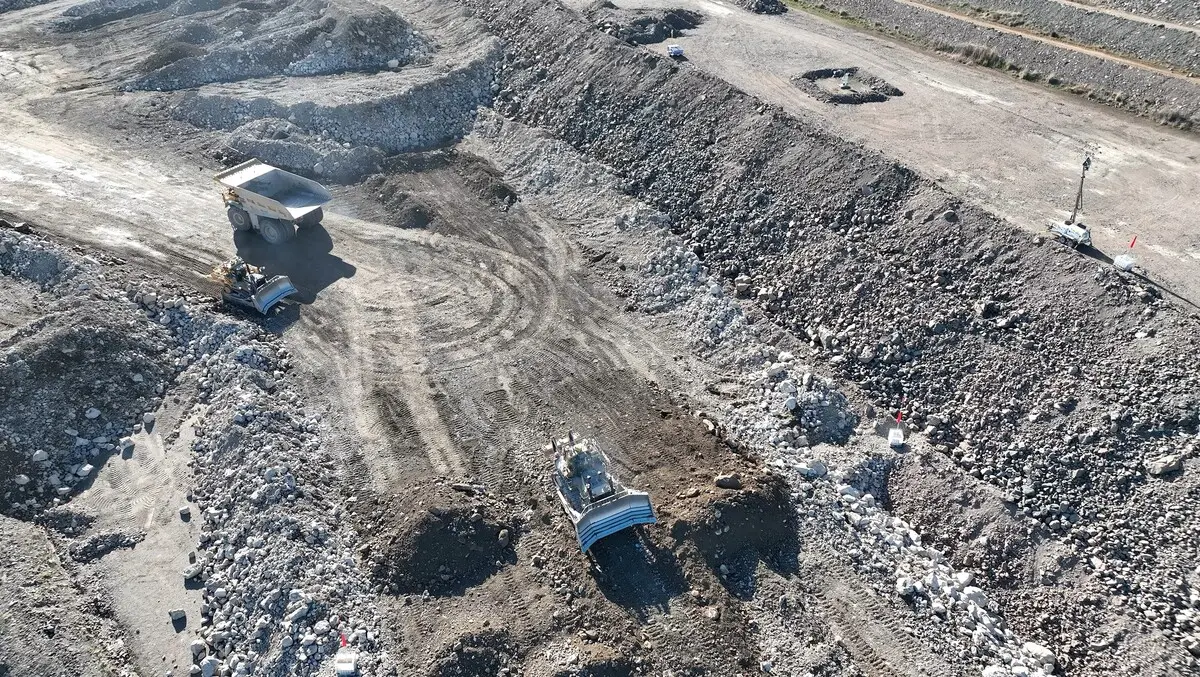
Ericsson 5G boosts productivity & safety at Cadia gold mine
Ericsson and Newmont have announced the deployment of Ericsson Private 5G at the Cadia mine in Australia, enabling what they state is the first use of private 5G technology for teleremote dozing in surface mining operations.
The Cadia gold-copper mine is Australia's largest underground mine and a significant asset for Newmont, which owns gold mines in Canada, the United States, Australia, and Argentina, and is also a producer of copper, silver, zinc and lead.
According to the companies, the application of private 5G technology has enabled Newmont to connect its entire dozer fleet across the width of the tailings works construction area, overcoming previous limitations posed by Wi-Fi-based systems.
Newmont's previous remote control operations could connect no more than two machines at distances of up to 100 metres before network connection issues rendered the system unusable. Wi-Fi networks on site were described as unstable and unpredictable, leading to potential downtime for up to half of a 12-hour shift as troubleshooting and efforts to re-establish connectivity were required.
With the new 5G deployment, Newmont states it can now connect its complete dozer fleet across distances of up to 2.5 kilometres from a single 5G radio, achieving up to 175 Mbps uplink throughput, which would allow support for up to 12 remote-controlled dozers. The companies say there have been zero interruptions from communications instability or outages since implementing the new system, and productivity has improved, with workers able to move more earth per shift than previously possible under Wi-Fi.
Chris Twaddle, Director of Process Control, Networks and Operational Cellular at Newmont, said, "Ericsson's Private 5G network gives us a scalable and high-performing solution that provides the coverage needed and keeps our people safe. It's also enabling our long-term digital transformation vision to use 5G for smart mining at our Tier One surface and underground mines globally."
The network at Cadia utilises Ericsson's 5G Antenna Integrated Radio with the company's Massive Multiple Input/Multiple Output (MIMO) technology to provide the high levels of uplink connectivity required for teleremote dozing. Massive MIMO is described as enabling the use of mid-band spectrum to achieve greater uplink throughput over extended distances relative to traditional radio technology, resulting in increased network capacity from any given radio unit. Ericsson also notes the use of its Uplink Booster feature, saying it increases uplink signal strength tenfold, further enhancing upload performance.
Manish Tiwari, Head of Enterprise 5G, Enterprise Wireless Solutions, Ericsson, said, "The deployment with Newmont at Cadia demonstrates the power of 5G for industry, where Ericsson's industry-leading radio portfolio can reduce the amount of infrastructure that needs to be deployed and operated to cover an industrial site or area. This also allows enterprises to use private 5G networks they own to achieve high levels of performance for advanced video-based control and computer vision initiatives without large amounts of spectrum. This is especially valuable to organisations that are operating in spectrum-constrained markets."
The deployment is part of Newmont's stated strategy to apply digital transformation in its operations. The company has expressed ambitions to apply private 5G technology for smart mining across its portfolio of mines worldwide, including surface and underground sites.
Ericsson and Newmont emphasise that the improved coverage, capacity, and reliability provided by private 5G networks can help unlock productivity potential, machine efficiency and workplace safety that were not possible under previous network conditions.


